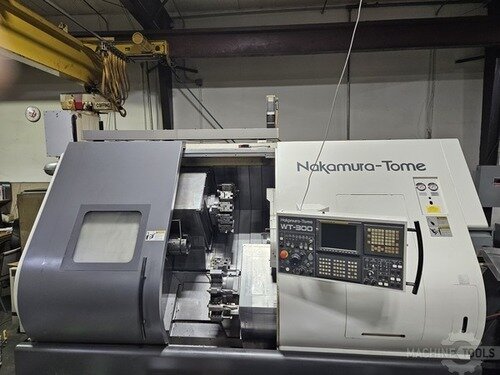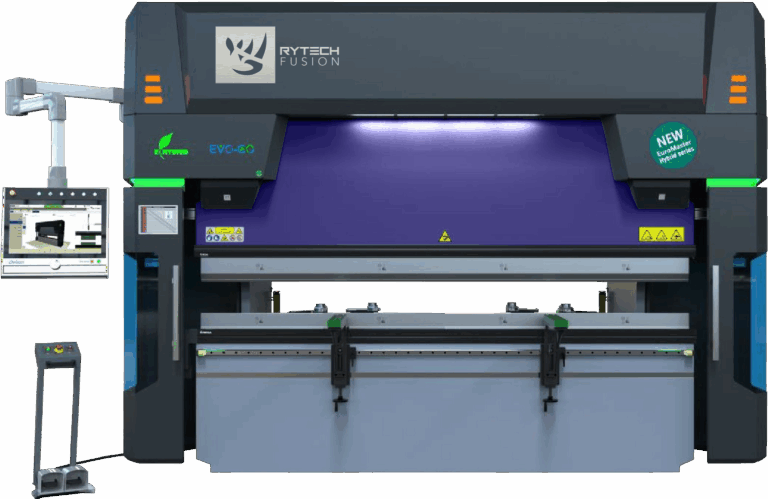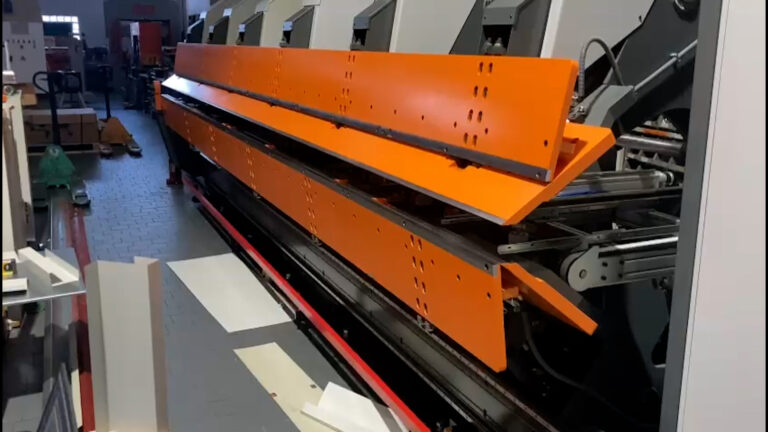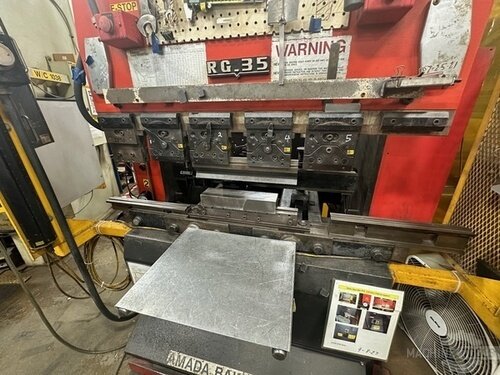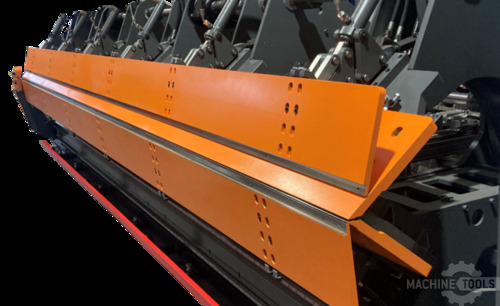As someone who grew up in southern Chicago’s steel and manufacturing corridor, I’ve always believed that the best solutions are forged on the shop floor, working side-by-side with customers. My career path—from hands-on fabrication to Regional Sales Executive at Mac-Tech—has been driven by one priority: helping metal roofing and gutter fabrication businesses work smarter, not harder. Every day, I consult with shop owners and production managers across the Midwest and beyond, guiding them through upgrades in folders, shears, slitters, decoilers, downspout roll formers, panel benders, and more. In this article, I’ll share insights on how CNC folders are transforming gutter and downspout fabrication, drawing on decades of efficiency expertise and real-world case studies.
Elevating Gutter Fabrication with CNC Folders
Manual brakes have long been the workhorses of gutter and downspout shops, but as customer demands for speed, accuracy, and consistency rise, traditional methods are hitting their limits. CNC folders are stepping in to meet these challenges, delivering cleaner folds, faster setups, and repeatable precision that manual methods simply can’t match. With automation and advanced controls, shops can produce complex profiles with minimal operator intervention, reducing labor dependency and unlocking throughput gains that drive profitability.
Leveraging Decades of Efficiency Expertise in Coil-Fed Production
At Mac-Tech, we’ve seen firsthand how incremental improvements—whether in slitting, forming, or folding—can compound into major efficiency wins. Our team brings decades of coil-fed production experience to every consultation, helping shops optimize their material flow from decoiler to finished product. We evaluate how folders integrate with upstream and downstream equipment, ensuring seamless transitions and maximizing the value of every coil. This systems-level approach is critical for shops scaling up to meet higher order volumes without sacrificing quality.
Pinpointing Bottlenecks: Assessing Your Current Slitting, Forming, and Folding Processes
Before recommending any upgrade, I work with customers to identify bottlenecks in their existing lines. Is your slitter struggling to keep up with demand? Are manual folders creating inconsistencies that lead to costly rework? Do setup times on your current equipment eat into daily production targets? By mapping out each step—slitting, forming, folding, and stacking—we can pinpoint where automation or higher-spec machinery will deliver the biggest impact. Often, a CNC folder is the missing link that unlocks a new level of speed and precision.
Precision and Speed: How Advanced CNC Folders Transform Gutter Fabrication
Modern CNC folders are engineered for repeatability and versatility. Servo-driven backgauges, touch-screen programming, and automatic tool adjustment allow operators to switch between gutter profiles or transition from K-style to box gutters in minutes, not hours. Compared to manual brakes, CNC folders deliver tighter tolerances, cleaner hems, and consistent angles—reducing downstream fitting issues and customer callbacks. Shops report up to 2–3x faster production speeds, especially when folding long panels or complex profiles that require multiple bends.
Reducing Material Waste: Insights from Real-World Coil-Fed and Roll Forming Upgrades
Material waste is a silent profit killer. With CNC folders, precise positioning and programmable sequences minimize scrap, especially on high-value pre-painted or specialty coils. I’ve worked with shops that cut their offcut rates by 15–20% after upgrading to advanced folders and integrating them with automated slitters. In one case, a customer with a legacy roll forming line was able to reclaim thousands of dollars annually by switching to a CNC folding solution that handled both standard and custom gutter runs with minimal changeover.
NAKAMURA-TOME WT-300
Practical Steps to Evaluate and Select a High-Performance CNC Folder
Choosing the right CNC folder isn’t just about specs—it’s about fit. Here’s how I guide shops through the selection process:
- Define Your Product Range: What gutter profiles, lengths, and material thicknesses do you need to run?
- Assess Floor Space and Workflow: Will the folder integrate with your current slitting and forming equipment?
- Evaluate Automation Features: Look for servo-driven backgauges, programmable tooling, and touch-screen controls that reduce operator training time.
- Consider Support and Training: Reliable local support and comprehensive operator training are as important as machine quality.
- Request Demos and References: We regularly arrange shop walkthroughs and live demos so you can see folders in action and talk to peers.
Tailoring Solutions: Meeting Unique Fabrication Needs for Slitting, Folding, and Throughput
No two shops are alike. Some focus on high-volume standard gutters, while others specialize in architectural profiles or custom downspouts. I help customers configure solutions that match their exact needs—whether that’s integrating a CNC folder with existing slitters and decoilers, or designing a new line with automated stacking and part tracking. Our portfolio includes combi-beam folders for maximum flexibility, double folders for high-speed throughput, and hybrid systems that bridge the gap between roll forming and panel bending.
Maximizing ROI: Training, Implementation, and Ongoing Support for Sustained Efficiency
A successful upgrade doesn’t end with installation. Our team provides hands-on training, process optimization, and ongoing technical support to ensure your team gets the most from every investment. We focus on ramping up operator confidence, dialing in programs for your product mix, and troubleshooting any production hiccups. This partnership approach helps shops maintain peak efficiency, minimize downtime, and adapt quickly as customer demands evolve.
Conclusion: Future-Proofing Your Gutter Fabrication with Expert Guidance
The gutter and downspout market is changing fast, and staying competitive means embracing smarter, more efficient fabrication methods. By partnering with an experienced team that understands both the technology and your business goals, you can future-proof your shop and unlock new levels of productivity. Whether you’re considering a CNC folder, evaluating your full production line, or just looking for ways to boost throughput, I’m here to help you navigate the options and make the right call for your operation.
Frequently Asked Questions
When is the right time to upgrade a roll former or folder?
If you’re experiencing excessive downtime, frequent repairs, or struggling to meet growing order volumes, it’s time to evaluate an upgrade. Consistent quality issues or high scrap rates are also red flags. I recommend a periodic production audit to spot these signs early.
How do servo-driven folders compare to hydraulic systems?
Servo-driven folders offer faster, quieter operation and tighter control over bend accuracy. They’re ideal for shops running a variety of profiles or requiring rapid changeovers. Hydraulic systems can be robust for heavy-gauge work but often involve more maintenance and slower cycling.
What’s the difference between a combi-beam and double folder?
A combi-beam folder allows you to switch between different tooling setups—great for flexibility if you run varied gutter profiles. Double folders can bend in both directions without flipping the part, which dramatically speeds up production for symmetrical or complex shapes.
What are signs a roll forming line is no longer cost-effective?
Look for increasing maintenance costs, frequent unplanned downtime, and growing material waste. If your line can’t keep up with demand or produce the quality your customers expect, it may be time to consider an upgrade or supplement with CNC folding technology.
How can I be sure a new CNC folder will fit into my existing workflow?
We start with a full site assessment, mapping your current process and physical layout. Then we recommend folder models and configurations that integrate seamlessly with your slitting, decoiling, and downstream equipment, minimizing disruption.
What kind of training and support does Mac-Tech provide after installation?
We offer comprehensive, hands-on training for operators and maintenance staff, along with remote troubleshooting and on-site support. Our goal is to get your team up to speed quickly and keep your line running at peak performance.
Ready to see how CNC folders can transform your gutter fabrication? Let’s schedule a walkthrough, demo, or provide a tailored upgrade quote. Reach out to me, Patrick O’Neill, at pat@mac-tech.com or 414-232-7929—or fill out the form below and I’ll be in touch soon.
Get Weekly Mac-Tech News & Updates

